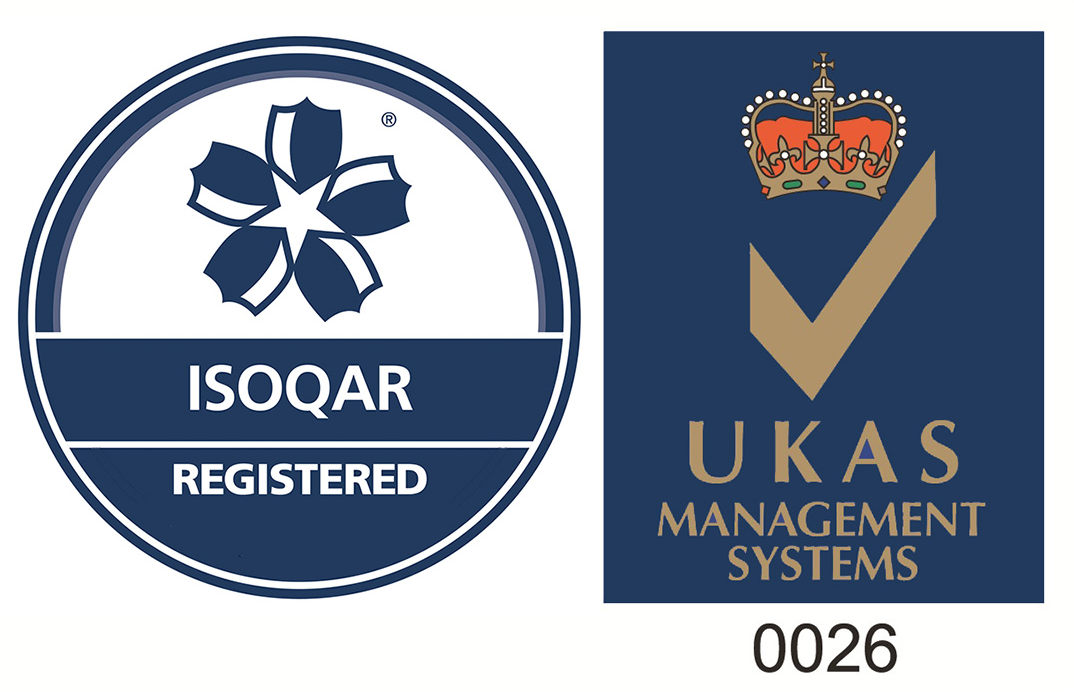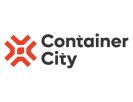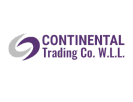
Benchmarking, or goal line setting, allows a business or a company to consider the opportunities for sophistication and performance in supply chains to specifically identify certain levels that should be achieved or represent the operational levels required for the whole supply chain management. A company needs to identify the strength and weaknesses and focus to prioritize opportunities to improve supply chain management.
A market strategy with tactical could be set by supply chain managers with SWOT (Strength, Weakness, Opportunities, Threats) analysis in order to organize the available information to measure the performance of the organization in the field of production, inventory, shipping, or receiving accuracy, warehouse density, quality control and transportation time. All these factors should be constantly reviewed for improving the service and to elude shortages.
Logistic benchmarking allows an organization or business to estimate the benefits attained by undertaking a sequence of benchmarking tests on the supply chain process with proper measuring indicators with their efficient moving service.
There are two types of benchmarking based on different drives and effects: Quantitative and qualitative benchmarking. The former one is purely based on Key Performance Indicators or KPI’s for analysis through estimation of the company turnover, profits, and revenue by collecting the available statistics for examining the supply chain whereas the qualitative benchmarking compares themselves with the competitors or organizations having the same traits and their data or tricks and tips for improving the supply chain management. Qualitative benchmarking studies and analyses different techniques and strategies to win over competitors and to figure out opportunities.
Types of Benchmarking

There are three different types of benchmarking techniques that should be constantly reviewed for a competitive advantage. Benchmarking can be identified into three types. Each of them delivers valuable information or data sufficient for the business process:
-
INTERNAL BENCHMARKING
Internal benchmarking allows a business or a company with numerous amenities that helps in functioning the supply chain operation to compare and differentiate the methods in which it is performed offering several benefits. Internal benchmarking uplifts functional groups or business firms to interconnect, team up, and share thoughts and ideas to enhance a cross-enterprise presentation. This technique helps to detect the best practices and policies for your organization that can be easily adopted for coming up with innovative business culture by stimulating healthy internal competition. The final output will compare each performance and the improvements that need to be made for better results.
-
EXTERNAL BENCHMARKING
External benchmarking adds extra value to the internal benchmarking through examining areas around an organization’s sector by examining and exploring novel ways to help internal performance excel. External benchmarking serves noteworthy advancement for companies with efficient processes and possibilities for improving the supply chain. . The external benchmarking procedure takes an organization outside the industry by disclosing them to diverse methods and processes for availing unlimited knowledge outside the organization to develop improved plans for their services.
-
COMPETITIVE BENCHMARKING
Competitive Benchmarking helps to take care of an edge to spot our current position in the industry with varied processes, plans, and procedures for reaching your aim with a collection of metrics to provide a solid foundation of a company’s performance. All enterprises hope to supply higher services or perform better than their competitors. When a firm sees a competitor gaining market share or boosting sales they may wonder what secret formula they are using to reach that success. Since it is unlikely that the competitor will invite your firm into their warehouse to benchmark, it is necessary to hire an outside consultant to do some analysis. Accessing and analyzing units help in performing competitive benchmarking investigations for organizations that will identify the strength and the weaknesses of the company procedures by comparing them with their competitors. Competitive benchmarking helps to produce results for improving the existing plans for yielding higher results in the long run.
PROCESS OF SUPPLY CHAIN BENCHMARKING:
Supply chain benchmarking is a step by step procedure to conclude which areas of your company need changes and the areas that don’t need to be focused on to achieve your end goal with necessary improvements and attention:

- Choose an area of the business you aim to improve by cutting down smaller details for later
- Define the undertaken benchmarking process by outlining the steps for improving the chosen area.
- Understanding your competition is very significant for this process by identifying and isolating the prospective and similar companies for comparison by not just exploring your sector alone to gain success.
- Identify as much as possible information or data sources like monthly records or sales reports and so on for the required information of the undertaken area.
- Collect the required data by maintaining a log for the discrepancies.
- Identify and Isolate discrepancies as they can be of great help for coming up with the right solution for that area of your business.
- Create differences in the existing process by deciphering the issue by identifying which discrepancies are causing trouble.
- Setting goals for alteration for creating improvements in the area you wish to update.
- Right communication is the ultimate key to success in a business and for that, you need to update internal and external employees about any decision you make for a change.
- Realign goals for appropriate changes to reach your goal.
- Implement the change by updating the alterations and reason for it to everyone linked with the business.
- Review results to determine the improvement of the area redesigned and make necessary adjustments if needed.
USES OF SUPPLY CHAIN BENCHMARKING
Supply chain benchmarking activities need to be reviewed and revised frequently to update necessary changes to reach your ultimate goal. The supply chain offers several benefits for a business, some of them are:

- Setting a higher target for the success of your business.
- Identifying the distance towards the end goal and finding ways to bridge the gap.
- Aligning your supply chain strategy with that of your business to benchmark your competitors.
- Identifying ways to reduce the operational cost of your supply chain.
- Benchmarking on cross-functional stream for improving discretely.
- Metrics identification with the ideal supply chain benchmarking process.
Conclusion
Benchmarking the supply chain helps companies by comparing them with their competitors using standard rules to determine their functions and operations that take up a lot of time and effort along with the resources used for making comparisons. This creates a chance to understand the top activities the company carries out that lead towards improvement.











